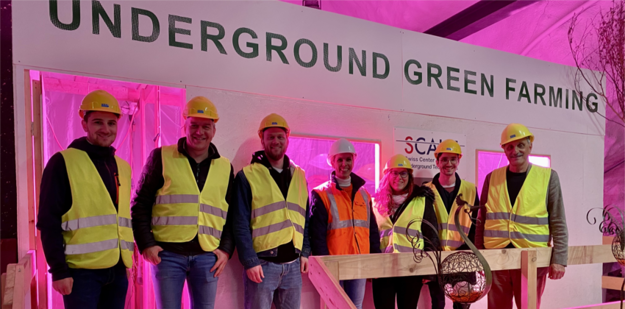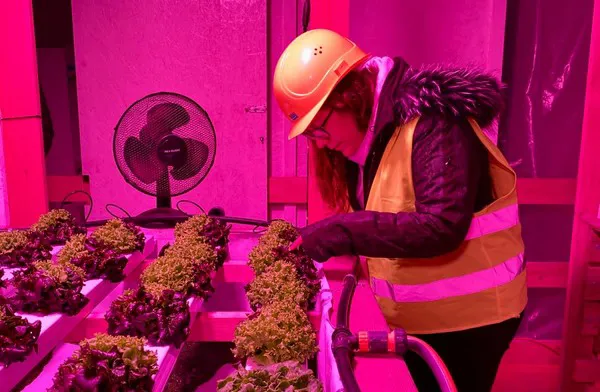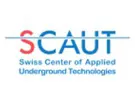Thanks to Innosuisse, the Swiss agency for innovation boost, Scaut got the Innocheque funding to scale up an ingenious concept of underground green farming. In this frame, Scaut will examine the possibility of growing crops, such as lettuce, in an economical and sustainable way in underground caverns.
The project will use an underground cavern in the Hagerbach Test Gallery, Flums (SG), which has already been used by the Swiss Center of Applied Underground Technologies (SCAUT) as a model facility for farming purposes. The project can count on the long-standing expertise of Forster Salatgarten AG in hydroponic lettuce cultivation and the experience of the Zurich University of Applied Sciences (ZHAW) in the fields of vertical farming and climate control.

The underground green farming concept is a prime example of new ways to use urban underground space. It can enhance current uses by linking these to the new concept. Food is vital to the survival of our cities, which is why growing underground is of paramount importance. The building of caverns can be financed through the sale of the spill produced, which is often a valuable resource for the construction industry. Space can also be found through repurposing existing underground spaces that have lost their intended use, such as former civil defense shelters, abandoned metro stations, and underground car parks. By integrating the urban uses, a circular system can be created aiming at zero carbon, zero waste, and zero land use (meets criteria for green infrastructure).
The innovative project ensures sustainable food production systems by using the concept of hydroponics. Further, its underground production location makes it safe against impacts of climate change, extreme weather, earthquakes, flooding, and other geohazards, maintaining thus a suitable ecosystem (meets criteria for climate adaption measures). Being below the surface and isolated from its surroundings also means no impact on the natural ecosystem as no pesticides are used (meets criteria for risk resilience measures). In this way, it is a good example of urban resilience by sheltering two of the most important social needs from surface forces.

This project is based on preliminary projects led by SCAUT. Together with industry partners, SCAUT has developed and commissioned the first 'Underground Green Farming' prototype for sustainable food production by using aquaponics. Aquaponic systems combine aquaculture with hydroponics in a symbiotic environment. The system works in a cycle: water from the fishponds is fed to a hydroponic system and then recirculated back to the aquaculture system. The second phase of the same project focused on the production of lettuce underground and demonstrated that it is a possible concept.
The aim of this current project is to find out to what extent continuous year-round lettuce production is possible and what the production costs are. The intention is to show whether and to what extent underground lettuce cultivation is worthwhile in Switzerland. This preliminary study will further enable the testing of unique selling points in terms of safe, high-yield, and high-quality crop cultivation and whether underground production of lettuce is at all marketable. If the assessment of the position and potential in the market is deemed viable, the production system can be tested on a larger scale.
For more information:
Scaut
scaut-association.com
